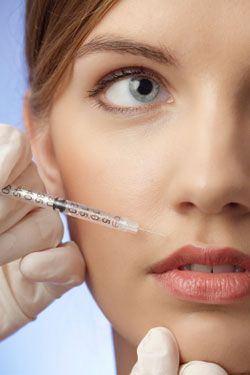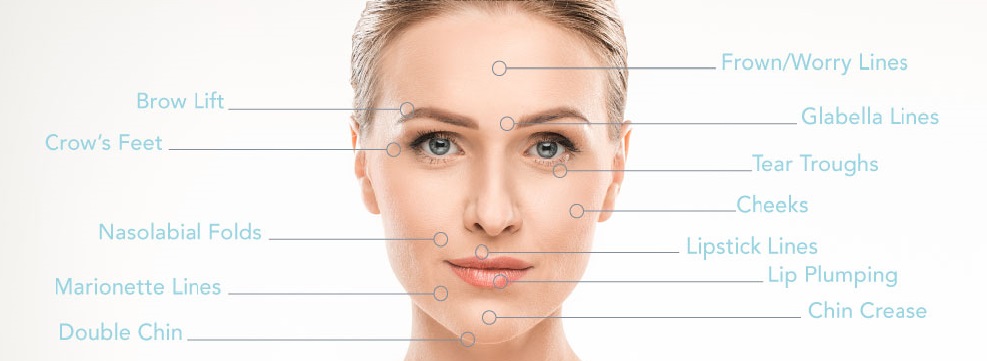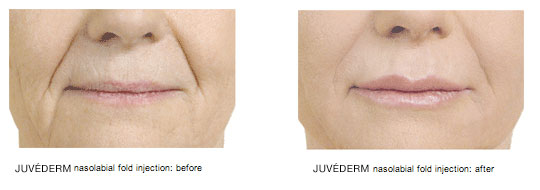Injectables and Dermal Fillers
- Maryland Medical Cannabis Card
- Delaware Medical Cannabis Card
- BOTOX
- Dysport
- Judeverm Dermal Fillers
- Restylane Dermal Fillers
- IV Nutrient & Vitamin Therapy
- Vitamin & Booster Shots
- Chemical Peel
- Microneedling
- PRP
- Microdermabrasion
- Facials
- Kybella
- Waxing
- Eyelash Tinting
- Eyelash Lift
- Dermaplaning
- Botox Party
- IV Drip Partis & Events
- Facial Rejuvenation
- Injectables and Dermal Fillers
- Voluma and Lyft Dermal Fillers

Green Relief Health is proud to have a team of expert injectors skilled at administering injectables and dermal fillers. Cosmetic treatments require extensive training and expertise with continued education. At Green Relief Health, our staff offers a variety of injectables and facial fillers designed to keep you looking youthful and beautiful.
Injectable fillers can be used for everything from wrinkle treatment to lip enhancement to scar revision. Cosmetic injectables are generally classified in two main categories: temporary injectable fillers and semi-permanent fillers. Most will fill lines and wrinkles in less than 30 minutes with results that can last from four months to more than a year.
What Are Injectables?
Injectables are comprised of both what are called neuromodulators (Botox, Dysport, and other brands) and dermal fillers (Juvéderm, Restylane, and others). These products are injected either beneath an existing wrinkle or crease and they “fill” in the depression, or they are injected to stop a muscle from contracting and forming a wrinkle on the surface above. Kybella is also an injectable but is intended solely for reducing fat in what is colloquially known as the double chin. Injecting substances under wrinkles to push them back up has been tried for a long time, most notably the reinjection of a person’s own fat, but results were unreliable. In 2002, the FDA approved Botox for the treatment of facial wrinkles on the upper third of the face. Botox was the first neuromodulator and remains the world’s most popular cosmetic procedure year in and year out. The first dermal filler, Restylane, was approved by the FDA in 2005. Since then, many different injectables have come to the market.
Below are areas we treat.

How Are Dermal Fillers Different Than Injectables Like Botox?
While the end goal may be the same, to erase or dramatically reduce the appearance of wrinkles, creases, and areas of volume loss, dermal fillers and neuromodulators like Botox go about it in entirely different ways.
Dermal Fillers

Dermal fillers, as their name implies, “fill” a wrinkle from beneath. They are classified as either “natural” or “synthetic” fillers. They work on “static” wrinkles — these are the wrinkles that are always on display, such as nasolabial folds or lip lines.
Natural fillers, such as Restylane and Juvéderm, are made mainly from hyaluronic acid. Hyaluronic acid is a naturally occurring substance in our bodies that is responsible for hydrating and plumping the skin. It does this by binding with nearby water molecules.
Synthetic fillers, such as Sculptra, are made with synthetic substances. They use structural support elements, such as calcium microspheres, to provide artificial structure where injected. Many synthetic fillers also trigger the body to produce new supplies of collagen (the protein responsible for creating the skin’s structural framework) as a secondary aspect of skin firming.
Neuromodulators are a wholly different type of product. Botox and Dysport (and other brands) are made from the botulinum toxin type A. Way back in the 1950s doctors discovered that when injected into a muscle in miniscule amounts, the botulinum toxin temporarily stopped the muscle from contracting. It does this by blocking the nerve signal from the muscle to the brain, so the brain never signals the muscle to contract. This proved helpful when used to stop involuntary muscle contractions in the eyelids and some other areas. But when Botox was approved for the treatment of facial wrinkles it became incredibly popular and is a worldwide aesthetic product.
Botox and Dysport work on what are called “dynamic” wrinkles. These are the wrinkles that form on the skin surface when we make certain expressions, such as frowning or squinting. These occur on the upper third of the face. Over time, making these repeated expressions begins to form wrinkles around the eyes (crow’s feet), between the brows (the 11s), and on the forehead. But when Botox or Dysport are injected into the muscle that forms the wrinkle on the skin above, it stops the muscle from contracting, so the wrinkle above never forms.
Yes, you can absolutely combine these injectables. Remember, they work on different types of wrinkles. For instance, some forehead lines are static and are there to see all the time. Other forehead lines only form when you make an expression. So, you could use a dermal filler such as Juvéderm along with Botox to address the different types of wrinkles in the same area. Or you could use Botox on your crow’s feet and Juvéderm or Restylane on your flattened cheeks.
If you are interested in injectable and fillers to reverse the signs of aging, you can trust Dr. Lauren Nawrocki and the caring team from Green Relief Health. With her vast experience, she knows exactly where to place them for the most natural effect. After a thorough evaluation, Dr. Lauren can determine the type of filler that is best suited for you. So, schedule an appointment today with our highly qualified team.
